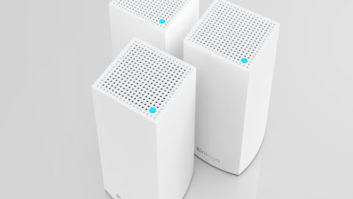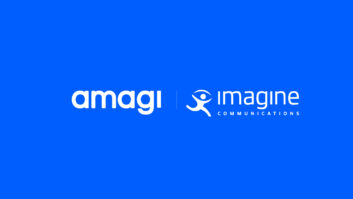Minneapolis — Buoyed by ‘much stronger growth in the fourth quarter’ than in its first nine months, the Target stores segment registered a 12.6 percent rise in sales during its fiscal year’s final three months, with totals hitting $13.4 billion, up from $11.9 billion in the fourth quarter the previous year.
Pre-tax stores segment profit soared 18.5 percent in the fourth quarter, ended Jan. 31, coming in at $1.4 billion, compared with $1.2 billion year-on-year. Comp-store sales in the fourth quarter climbed 6.1 percent.
For the 12 months, the Target stores segment increased sales by 12 percent, to $41.3 billion, up from $36.9 billion the previous year. Comps increased 4.4 percent during the period.
Pre-tax Target stores segment profit over the 12 months jumped 12.3 percent, hitting $3.5 billion, up from $3.1 billion in the year-ago period.
With negative revenue contributions from its two department store segments — Mervyn’s and Marshall Field’s — reducing consolidated Target Corp. revenue in the fourth quarter, the retailer still reported total revenue of $15.6 billion, up 10.7 percent from the $14.1 billion recorded year-on-year. Total Target comp-store sales reached 4.9 percent.
Total fourth quarter pre-tax segment profit hit $1.5 billion, a 17.3 percent increase over the $1.3 billion recorded in the same period last year. Consolidated net earnings jumped 21.1 percent, climbing to $832 million, up from $688 million the previous year.
For the 12 months, consolidated Target revenue, driven by contributions from new stores, rose 9.7 percent, to $48.2 billion, up from $43.9 billion in the same 12 months a year earlier. Comp-stores sales grew 2.9 percent.
Total 12-month pre-tax segment profit increased to $3.7 billion, a rise of 7.9 percent, compared with the $3.5 billion earned the previous year. Consolidated net earnings rose 11.4 percent, reaching $1.8 billion, compared with $1.7 billion.













